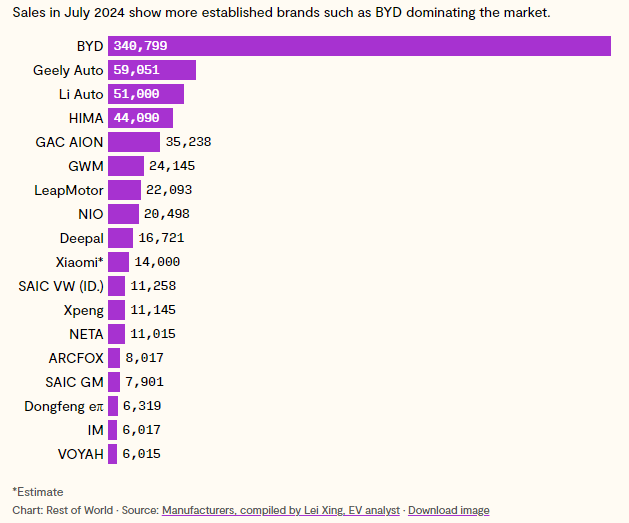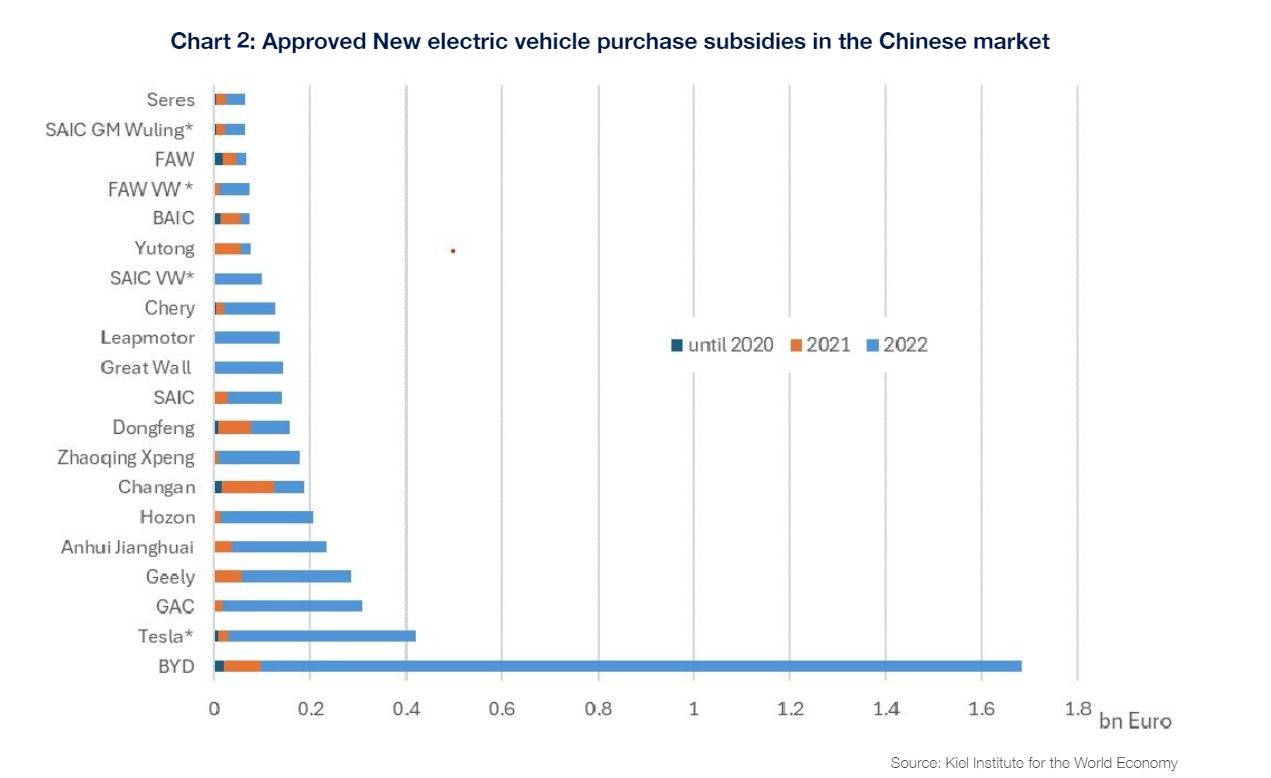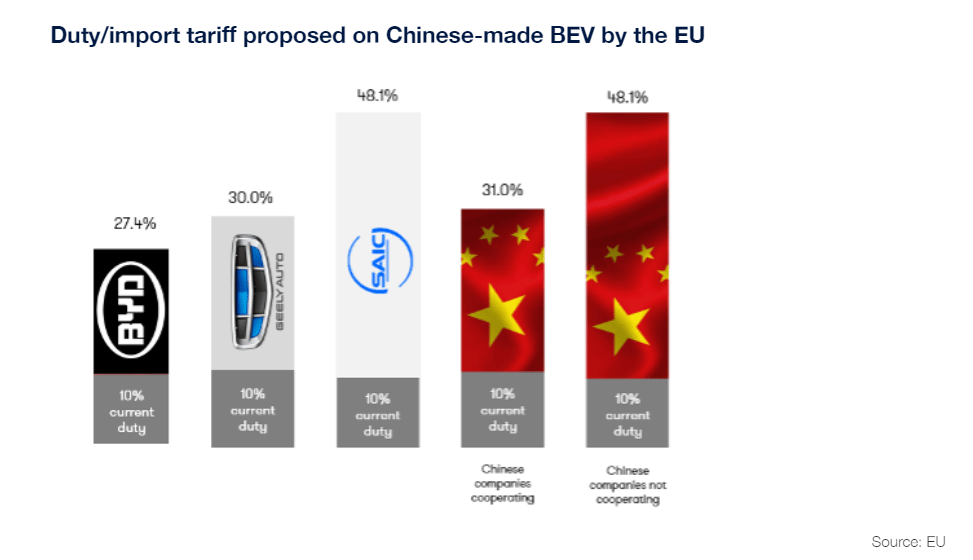Turn-key SDV Solutions

About Software Defined Auto (SODA):
SODA offers a solution with its Software Defined Vehicle (SDV) Kit, designed to revolutionize the vehicle creation process by focusing on software, E/E architecture, and reusable engineering assets.
The SODA SDV Kit enables automakers to develop software twice as fast and at a quarter of the cost, without compromising on quality, safety, or security. It includes a comprehensive suite of tools and libraries, allowing for efficient vehicle design, validation, and continuous improvement.
The kit supports modern E/E architectures and offers over 200 vehicle features ready for integration, streamlining the entire development process and reducing the need for multiple tools.
By leveraging AI and Digital Twin technologies, SODA aims to make automotive software engineering more efficient and accessible, paving the way for the future of software-defined vehicles.
Here's my take on this approach:
From an OEM’s perspective there are broadly 2 scenarios. Either they already have a platform or they are having a mix of platforms (legacy and new)
If they already have a platform, there is a question of whether they should integrate such solutions to it or if they should ditch their current solution and migrate to SODA.
Change in architecture and platform almost always means a new way of working. They are tightly interlinked and there could be possible resistance to the new way of working.
The OEM will need to build more competence and capacity to do extensive software testing. Both for product software but also for tools. In other words, the turn-key solution is only a start. OEM’s would still need to customize it to fit their vehicle and customer needs.
In addition to that packaging, wiring, environmental testing are all slightly different for each OEM. SO whether the solution is actually turn key or not is still up for debate.
The dependency chain still exist as they SDV architecture provider will still need to maintain their solution. If not, then the OEM has to own the IP and maintain the platform downstream. That is not necessarily a bad thing and actually it is probably the best model moving forward.
OEM's should be able to use the platform as a white box to minimize the friction and lock-in effect.
From a business model perspective, if there is no lock-in effect for OEMs, the SDV architecture provider also now has an incentive to provide what actually works for the OEMs rather than to provide something that kind of works but has very good lock-in
WM Motor: A Chinese SDV Failure (Link)
Survivorship bias occurs when we focus on successful individuals or entities while overlooking those that failed, leading to a distorted understanding of reality. This bias can skew our perception of what contributes to success, as we only see the outcomes of those who "survived" and not the often larger group that did not.
With so much hype around SDVs, I think it is interesting to look at a failed example.
When one of China’s once-popular electric vehicle startups went bust, car owners encountered an unexpected problem: Their vehicles went “offline.”
Richard Qian didn’t know what to expect when he heard that WM Motor, a Shanghai-based EV maker popular for its low prices, filed for bankruptcy in October 2023. He tried to drive his compact EX5 SUV as he normally would, but discovered that he could no longer log into WM Motor’s smartphone app, which remotely controlled the car lock and air conditioner. He also couldn’t see his car’s mileage and charging status on the dashboard.
WM Motor later apologized for the server downtime and temporarily resolved the issues. But some owners still have difficulties accessing basic features, such as in-car entertainment, according to Chinese media reports.
Chinese EV owners are facing issues when companies go bankrupt, losing access to essential software updates and driving features, highlighting the risks of the "smartphones on wheels" model where vehicle reliability is tied to software maintenance.
The reliance on cloud services for essential functions means that software failures can paralyze vehicles, even if the hardware is intact. This issue has been seen before with brands like Tesla and Fisker.
Due to the risks associated with new EV startups, Chinese consumers are increasingly favoring established brands like BYD, Tesla, and GAC Motor, with startups struggling to maintain market share.

Customer Experience Value Index for NEV vehicles in China
The 2024 J.D. Power China New Energy Vehicle Customer Experience Value Index (NEV-CXVI) Study reveals that domestic Chinese startup brands achieve the highest customer satisfaction among new energy vehicle (NEV) owners, with a score of 783 out of 1,000.
Notable findings include a decline in satisfaction with energy services, particularly charging issues, and an increasing importance of apps in enhancing the customer experience.
NIO ranked highest among Chinese brands, and Mercedes-Benz led international brands.



Why are OEM's building apartments?

Porsche Design Apartment planned in Bangkok

Mercedes-Benz Apartment

Bugatti Residences in Dubai
Porsche Design has unveiled plans for the Porsche Design Tower Bangkok, a luxury residential tower in the Thai capital, inspired by the brand's car designs. The 95-meter (311-foot) tall building will feature 21 floors and 22 high-end Sky Villas, with prices ranging from $15 million to $40 million. The tower's design draws inspiration from Porsche's Mission R concept car and the 911 Targa's roof mechanism, incorporating a pedestal structure and a lighting system resembling Porsche sports car lights.
Automotive OEMs like Mercedes and Bugatti are building apartments in places like Dubai and Singapore for several strategic reasons:
Entering the real estate market allows automotive OEMs to diversify their income sources. This creates a possibility of creating a profitable business line that complements their core automotive offerings.
These buildings become part of their extended brand. For all practical purposes, they are a very expensive "billboard" for the brand in their most strategic locations around the world.
By providing a comprehensive luxury experience, these companies deepen their relationship with customers, who may become more loyal to the brand.
Cost of chip designing
My take:
Inflation needs to be accounted for as well. The price of goods sold has gone up over the years as well
Complexity and value provided is also increasing. The capability of devices that these chips end up powering has also grown exponentially. However the value chain never gets shorter with each new generation of tech devices.
For automotive players, the business case becomes even more slim as it is costlier to jump on the self-designed chip project with automotive volume.
A second order effect is that the costs will have to pass through to the customer, increasing the prices of the vehicles
Automotive OEMs will need a new kind of system integration expertise to deal with self-designed chips
The customers of TSMC, Synopsys, ARM etc are able to manage it because the volumes they deal with are smartphones, datacenters, AI training playgrounds
China's chip capabilities just 3 years behind TSMC, teardown shows (Link)
Hiroharu Shimizu, CEO of Tokyo-based TechanaLye, a semiconductor research company that disassembles 100 electronic devices a year, told Nikkei about China's capabilities.
Shimizu showed semiconductor circuit diagrams for two application processors, the brains of a smartphone: one from Huawei Technologies' Pura 70 Pro, released in April, and one from a top-of-the-line Huawei smartphone from 2021.
The Kirin 9010 -- the newest phone's chip -- was designed by Huawei subsidiary HiSilicon and mass-produced by major Chinese contract chipmaker Semiconductor Manufacturing International Corp. (SMIC). The 2021 phone's Kirin 9000 chip was also designed by HiSilicon, but mass-produced by TSMC.

TSMC's Kirin 9000 chip, left, and SMIC's Kirin 9010 chip were found to be nearly comparable in performance. (TechanaLye)
China's semiconductor technology is now just three years behind Taiwan Semiconductor Manufacturing Co. (TSMC), showing limited impact from U.S. technology export curbs.
The latest Huawei Pura 70 Pro smartphone uses the Kirin 9010 chip, designed by HiSilicon and manufactured by Semiconductor Manufacturing International Corp. (SMIC). This chip is comparable in performance to TSMC's 5-nanometer chips despite SMIC using a 7-nanometer process.
Chinese companies accounted for 34.4% of global chipmaking equipment purchases in 2023, doubling the figures of South Korea and Taiwan, signaling a significant expansion in mass-production capabilities.
Tariffs on Chinese OEMs
The US has further delayed announcing the new tariffs on Chinese EV OEMs. Most likely the current administration wants to push this to the next administrations.
The Biden administration first announced the planned tariff increases several months ago. These include 100% duties on EVs, a 50% tariff on semiconductors and solar cells, and 25% on key lithium-ion battery minerals, as well as steel and aluminum. These tariff hikes were due to be implemented on August 1 but were delayed until August 31. Late last week, they were delayed once again. (Link)
Meanwhile Canada announced 100% tariff.
Canada, following the lead of the United States and European Union, said on Monday it would impose a 100% tariff on imports of Chinese electric vehicles and announced a 25% tariff on imported steel and aluminum from China. (Link)

On the EU side, the current state is as below:

Jevon's Paradox and Autonomous Driving (Link)
Jevons Paradox suggests that increases in efficiency can lead to greater overall consumption of a resource, rather than reducing it.
If AVs become safer and more energy-efficient, they could lead to more driving overall, which might negate the benefits.
AVs could make driving more convenient and enjoyable, leading people to take longer trips or drive more frequently, similar to how highway expansions can lead to more traffic (induced demand). Although AVs may improve traffic flow and reduce emissions per trip, the overall increase in vehicle usage could result in higher total emissions and more crash risks.
AVs might also encourage suburban sprawl, as longer commutes become more tolerable, leading to further environmental impacts.
